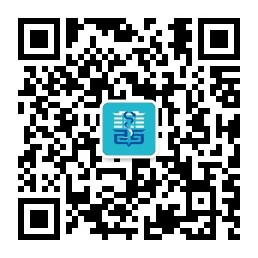To compare the ablation results, therapeutic responses and adverse reactions between a low dose (1.1 GBq) or high dose (3.7 GBq) of I-131 in low-/intermediate-risk differentiated thyroid cancer (DTC) patients. The factors influencing the ablation result and therapeutic response were also analyzed.
The researchers used a random number table to randomly assign the enrolled patients to the low-dose group or high-dose group at a 1:1 ratio, and assessment of ablation result, therapeutic response, and adverse reactions evaluated 6 +/- 3 months after therapy.
A total of 140 patients were enrolled in the study through October 2014-June 2015. Until February 2016, 132 patients completed the trial. 99 patients were re-examined under thyroid-stimulating hormone (TSH) stimulation 3-9 months after I-131 therapy. For the low-dose and high-dose groups, the success rates of ablation were 52.7 % (29/55) and 59.1 % (26/44), respectively. The ablation results did not differ significantly between the two groups (P = 0.548). One hundred and thirty two patients were re-examined 2-9 months after I-131 therapy. The low-dose group had an excellent response rate of similar to 80 % (53/66), an indeterminate response rate of similar to 20 % (13/66), and no cases with a biochemical incomplete response. The high-dose group had an excellent response rate of similar to 85 % (56/66), an indeterminate response rate of similar to 11 % (7/66), and a biochemical incomplete response rate of similar to 4 % (3/66). No significant differences in the therapeutic response were observed between the two groups (P = 0.087). Patients in stage N1b had a significantly lower success rate of ablation than those in stage N0 (P = 0.000). The success rate of ablation increased significantly with lower thyroglobulin (Tg) levels (P = 0.000). A pre-treatment Tg level was significantly associated with a higher excellent response rate (P = 0.002). Pre-treatment-stimulated Tg of 0.47 and 3.09 mu g/L were identified as cut-off values for predicting the ablation result and therapeutic response, respectively. The incidences of adverse reactions were 18 % (12/66) and 39 % (26/66) in the low-dose and high-dose groups, respectively, and this difference between the two groups was significant (P = 0.007).
The result of thyroid remnant ablation and the response to therapy did not differ significantly between the two groups. The low-dose group had a lower incidence of adverse reactions than the high-dose group. N1b and pre-treatment-stimulated Tg were factors influencing the ablation result, whereas pre-treatment-stimulated Tg was a factor influencing the therapeutic response. Pre-treatment-stimulated Tg of 0.47 and 3.09 mu g/L were identified as cut-off values for predicting the ablation result and therapeutic response, respectively. The study protocol was approved by the Clinical Trials and Biomedical Ethics Committee of our hospital and registered on the Chinese Clinical Trial Registry under the registration number ChiCTR-IOR-15006139.
Citation: Qu Yuan, Huang Rui, Li Lin. Low- and high-dose radioiodine therapy for low-/intermediate-risk differentiated thyroid cancer: a preliminary clinical trial. West China medical Virtual Journal, 2000, 1(1): 71-83-. doi: 10.1007/s12149-016-1133-4 Copy
-
Previous Article
Cordycepin induces autophagy-mediated c-FLIPL degradation and leads to apoptosis in human non-small cell lung cancer cells -
Next Article
Effects of multi-site infiltration analgesia on pain management and early rehabilitation compared with femoral nerve or adductor canal block for patients undergoing total knee arthroplasty: a prospective randomized controlled trial




